Definition of galvanized square hollow section
Galvanized Square Hollow Section is a galvanized square hollow steel, which plays an important role in modern architecture, engineering construction and manufacturing. This material has both structural strength and corrosion resistance. It forms a protective layer on the surface of the steel through hot-dip galvanizing or electro-galvanizing process, which significantly extends the service life. Its basic structural feature is an equilateral square cross-section with a hollow center. This structure ensures strength while achieving lightweight materials.
From the perspective of production process, galvanized square hollow profiles are mainly divided into two categories: hot-dip galvanized square tubes and cold-dip galvanized square tubes. Hot-dip galvanized square tubes are made by immersing the welded square tubes in molten zinc for coating. The zinc layer reacts with the steel matrix to form a zinc-iron alloy layer. This coating structure is dense and has strong adhesion. Cold-dip galvanized square tubes deposit zinc layers on the surface of steel tubes through electrochemical principles. The process is more complicated but has little thermal impact on the substrate. It is suitable for thin-walled tubes and single-sided coated products with special requirements. Market statistics show that the hot-dip galvanizing process occupies about 75% of the galvanized square tube market due to its cost advantage and good protective performance, especially in the field of building structures.
The specifications of galvanized square hollow profiles are rich and varied, with common side lengths ranging from 15mm×15mm to 800mm×800mm, and wall thicknesses usually ranging from 0.5mm to 25mm. Taking 50mm×50mm square tube as an example, its wall thickness can be selected from 1.0mm, 1.2mm, 1.5mm, 2.0mm, 2.5mm, 3.0mm and other options to meet different load requirements. In terms of materials, ordinary carbon structural steel such as Q195, Q215, Q235 and low alloy steel Q345 are mainly used as the base material. These materials have good weldability and formability.
Galvanizing brings multiple advantages to square hollow profiles:
Weather resistance: The zinc layer can effectively resist atmospheric corrosion, especially in humid, acid rain or coastal high-salinity environments
Economic efficiency: Although the initial cost is about 15-20% higher than that of ordinary square tubes, the maintenance cost is low and the service life can be extended by 3-5 times
Aesthetics: The galvanized surface is bright and uniform, and can meet the visual effect requirements of most buildings without additional painting
Environmental protection: The waste generated during the galvanizing process can be recycled, and long-term use does not require frequent replacement, reducing resource consumption
The representation method of galvanized square hollow profiles is usually: square tube side length × side length × wall thickness × length, for example, "50×50×5×6000" means a galvanized square tube with a side length of 50mm, a wall thickness of 5mm, and a length of 6 meters. In practical applications, this material has become the basic material in modern building steel structures, transportation facilities, power engineering and other fields. Its standardized production and diversified specifications provide flexible choices for engineering design. With the popularization of the concept of green building, galvanized square hollow profiles are gaining more and more market recognition due to their recyclability and long life cycle characteristics.
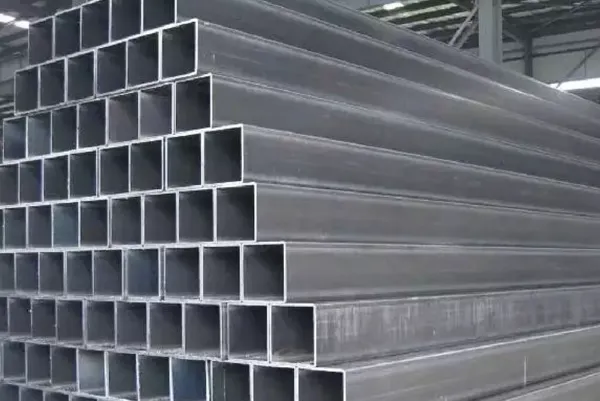
The production and acceptance of galvanized square hollow profiles follow a variety of international standards, and different countries and regions have their own specification systems. China's national standards GB/T 3091-2015 "Welded steel pipes for low-pressure fluid transportation" and GB/T 6728-2017 "Dimensions, shapes, weights and allowable deviations of cold-formed hollow steel for structures" are the most basic specifications. Common international standards include: ASTM A500 (American standard), EN 10219 (European standard), JIS G3463 (Japanese standard), etc. These standards have made clear provisions for the dimensional tolerances, mechanical properties, coating weights and test methods of galvanized square tubes, providing quality assurance for users.
Coating quality requirements are another key acceptance criterion. The hot-dip galvanized layer should be continuous and evenly attached, without missing galvanizing, bubbles, cracks and obvious zinc nodules. The thickness of the galvanized layer is usually assessed by the weight of the zinc layer per unit area (g/m²) or the local thickness (µm). GB/T 13912 stipulates that for steel with a thickness of ≥3mm, the average thickness of the galvanized layer should be ≥70µm, and the local minimum thickness should be ≥55µm. Salt spray test is a common method to evaluate the corrosion resistance of the galvanized layer. High-quality galvanized square tubes should be able to withstand at least 72 hours without white rust and 480 hours without red rust in the neutral salt spray test.






 English
English Español
Español بالعربية
بالعربية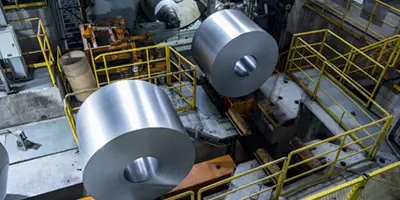
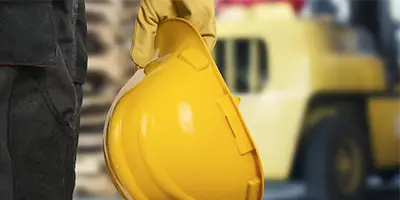
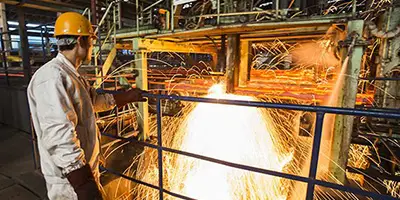
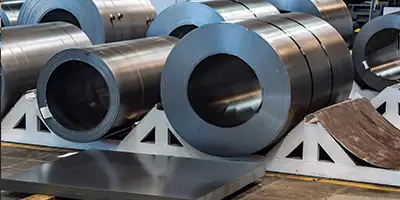

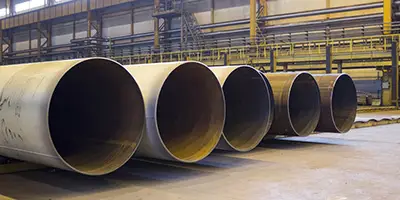
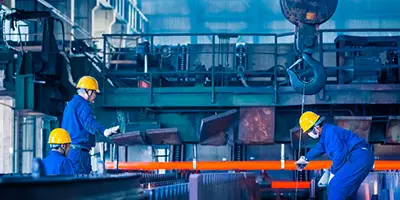
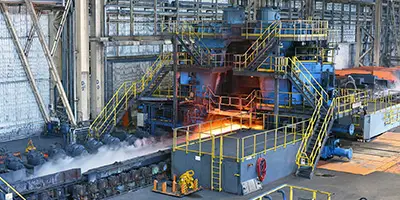
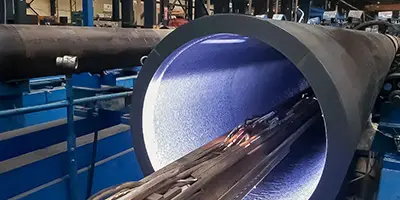
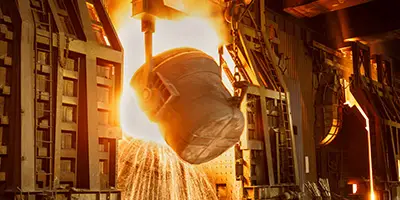
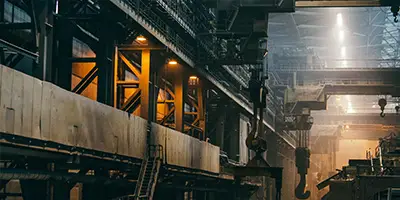

 Phone :
Phone :  Whatsapp :
Whatsapp :  Email :
Email : 


